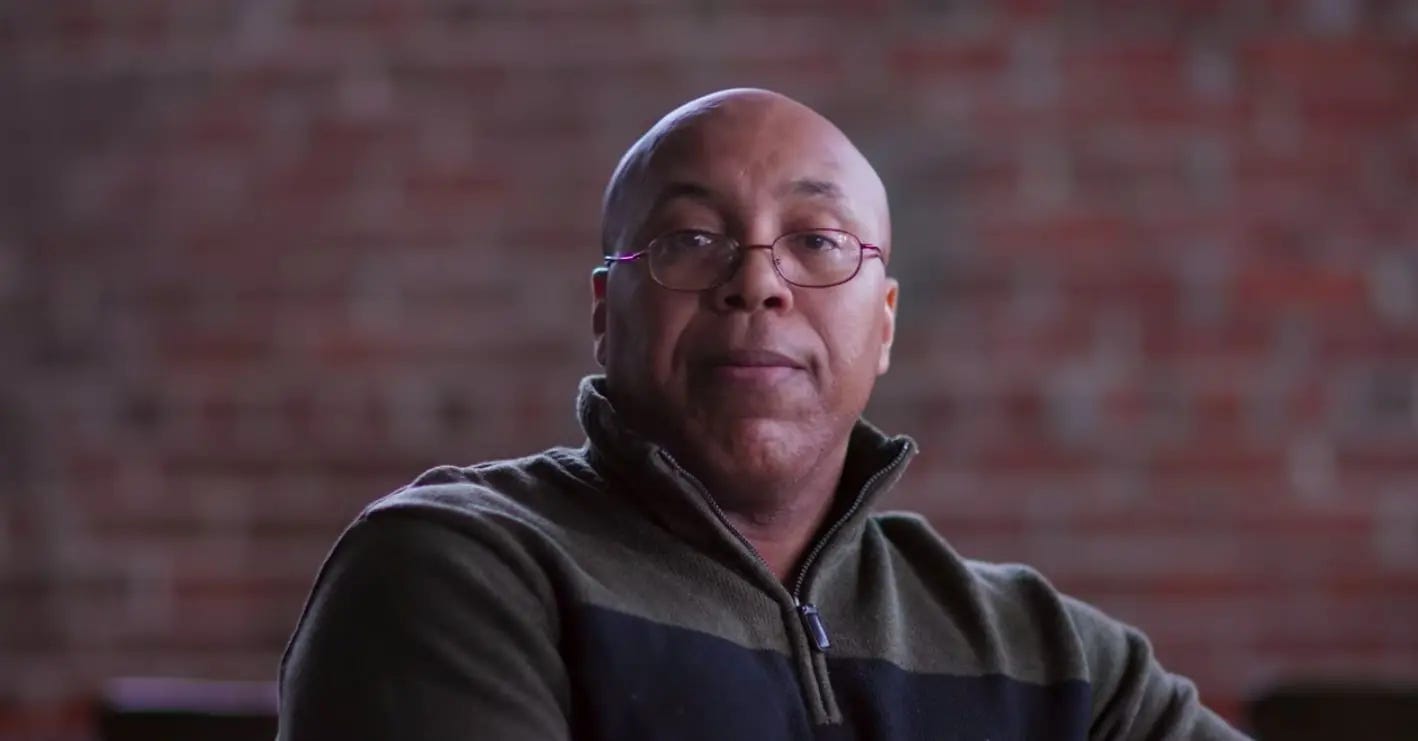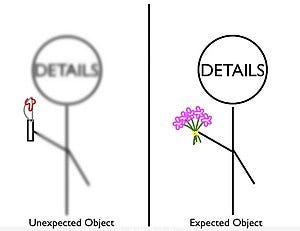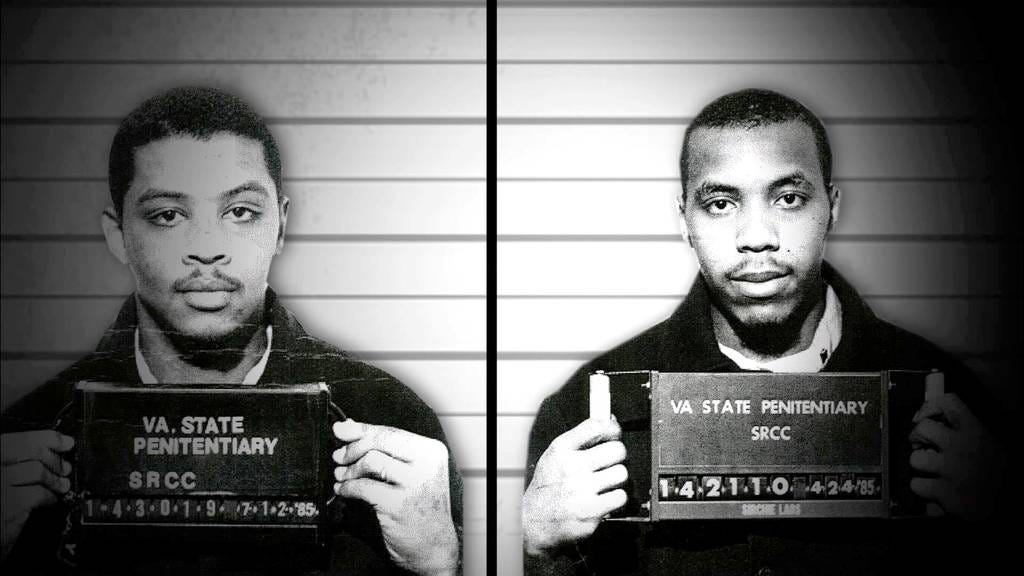Unveiling the Fragile Truth: Exploring Eyewitness Testimony and Memory Biases through the Case of Thomas Hayensworth
10 min read time
The cornerstone of a case from the prosecution or the defendant is evidence. Evidence supports the proposition set by either. It makes the conjectural arguments into facts which helps the system to dispense justice. In the bible, John 19:35
“And he who has seen has testified, and his testimony is true; and he knows that he is telling the truth, so that you may believe.”
The climacteric moment in a trial that gave the system the proof beyond a reasonable doubt since the biblical period was eyewitness testimony. Verbatim, the phrase says- a testimony by a human who witnessed an event with their eyes.
Anything seen by a person under duress, while the next breath of that person is uncertain, with a high possibility of a life-threatening ultimatum over their head, delineates and connotes reality, right? It took humanity a while to realise that when humans suffer traumatic events their memory gets corrupted.
To be candid, our memory is not accurate even without an abrasive event. Our memory is not a videotape, it’s a representation of reality by the way we perceive it. Our perception depends on our physiological and psychological state. Even then our memory decays and other parts of our memory imbricate which makes the recall of that perceived event biased and many a time we forget or remember the happening of the said event in a different way.
In 1908, the book ‘On the Witness Stand’ by Hugo Münsterberg created quite a kerfuffle between psychologists and lawyers.
Münsterberg demonstrated that these testimonies are inaccurate, that memory wasn’t perpetual but instead malleable, and that confidence of the witness was not a factor in the accuracy of the witness. Münsterberg‘s work faced a lot of backlashes, but it did leave its imprint.
System Variables and Estimator Variables
There are a few variables that control and manipulate the accuracy of the testimony given by the witness, these variables are called system variables and estimator variables.
System variables, such as suspect presentation, training, post-identification feedback, lineup fairness, and question phrasing, are under the control of the system. In a utopian world, these variables are weaved in the right way to provide justice, but since we don’t live in that Arcadian world, executives of the law use it unfairly, with knowledge and sometimes without.
The variables which can not be superintended by the system are called estimator variables. The place of the event, presence of a weapon, crime seriousness, stress, exposure duration and distance, the race and disguise of the perpetrator and the physiological and psychological state of the witness depend on the accuracy of the testimony.
There have been times when all these variables act in a unison against a suspect and bias the testimony, which lead to many kicking the bucket or being apprehended without a just cause. One such case was, that of Thomas Haynesworth. He was in jail since he was 18 years old. He was sentenced to 74 years of jail for something he didn’t do. His sentence was cut short to 27 years when Innocence Project stepped in and proved his innocence. He was convicted on two counts of rape, one count of sodomy and one count of robbery. Let’s look at all the variables that went wrong and some noteworthy moments in the case of Thomas Haynesworth.

Janet Burke was a victim of the crimes that were allegedly and previously believed to be done by Haynesworth. Let's look at the characteristics of the event. Anything that lessens the information at one’s disposal for encoding biases the retrieval, if it was even encoded.
Two elements that play a factor here are exposure duration and distance. Research says that the higher the exposure duration of the face of the perpetrator, the better the encoding and recall of it. It has also shown that 30 secs is the time that makes a difference in the encoding and after that, it doesn’t play a huge role.
The other element is the distance between the perpetrator and the witness. It is found in the work of Lindsay, Semmler, Weber, Brewer, and Lindsay (2008) that, the higher the distance between the two lower the accuracy. They have hesitated to mention the maximum distance in which the accuracy is retained and encoding successful. But, it is found that distance is a key factor in checking reliability.
Janet Burke had more than 30 seconds to look at the perpetrator and she was at an arm’s length from him. She has also mentioned that she tried to accurately encode all the features of the perpetrator, including his height and facial features. But, her accuracy was still botched. The height of the perpetrator was 5’10’’ while Haynesworth was just 5’6 1/2’’. There are some factors and effects that played her memory into identifying the wrong person.

Cue - Utilization hypothesis states that arousal and attention interrelate and affect the cues people employ. In a state of high arousal, people’s attention is finite, and the encoding is only done to things that are in their central cue, peripheral cues are underutilised.
The perpetrator that attacked Janet had a knife in his hand. The weapon increases physiological arousal and that creates fixation as the origin of that arousal. This makes the face of the perpetrator a peripheral cue, which makes the victim or the witness not have an accurate recollection. This is the weapon focus effect.

Evolutionarily it is human nature to focus on the things that will threaten your life. However hard it is tried not to look at the weapon or the threat, it is quite hard not to do that and most importantly we are biologically wired to pay attention to it.
Witnesses can more accurately recognise someone of their race than someone of a different race. This is known as own-race bias. This phenomenon is also true for the inverse, which is, it is harder for someone to accurately identify someone from a different race.
Meissner and Brigham (2001), showed that this phenomenon plays a huge role in the identification and accuracy of the testimony given. There are multiple theories on why this bias occurs and affect our memory. Humans in society use facial cues to discriminate between own-race faces; the cues cannot be generalised and it makes it harder to identify people from other races.
People with prejudice might not pay attention to people from different races, which creates poor encoding, which further creates bad recall. But, it is important to note the social construct that, most prejudiced individuals interact less with individuals of other races. Not living in a multiracial society, which reduces the interaction between other races is also one of the theories for this particular bias.
Meissner and Brigham found that, if the witness lived in a multiracial society it is a significant(2%) mediator of the own-race bias. But recent studies say otherwise, a study recently conducted in Malaysia.
The study was conducted in a multiracial society but the bias was still present. All the experiments and the analysis disproved the contact hypothesis. Even in some older studies, the conclusion was somewhat similar, example: Cross et al., 1971; Ng and Lindsay, 1994; Walker and Hewstone, 2006a; Jackiw et al., 2008; Rhodes et al., 2009.
Janet Burke was a Caucasian female, while the perpetrator was African-American. Most of the Caucasian detectives and the personnel involved in the case in 1984 could not differentiate between Haynesworth and the actual perpetrator. They say, there is very little difference between the two, but the African-American personnel say otherwise. This was a prominent bias that occurred in the identification.
In a meta-analysis, Deffenbacher, Bornstein, Penrod, and McGorty (2004) found that high stress impairs the accuracy of the recall. They found that the accuracy of the answers to specific questions (interrogative recall) was affected more than the open-ended (narrative recall) questioning.
An increase in stress lessens the chances of the witness, accurately pointing out the perpetrator from the presented lineup. Janet Burke was under a great deal of stress. Knives were one of her triggers. There is a high probability that she was suffering from Post Traumatic Stress Disorder(PTSD). She used to take a different route every day to avoid being followed. She made it her sole responsibility to catch the person who did this and stop it from happening to others. She mentions that she was not calm and collected.
All of these compounds give rise to a prominent amount of stress. When she was presented with a list of suspects for her to identify she couldn’t identify the miscreant accurately, even though she thought she did. But, that is not the only thing that played a role in the accuracy of her identification when she was shown the pictures of the suspects.
Police officers usually ask questions when a lineup has been presented. They try to guide the witness into identifying the perpetrator. But, sometimes this backfires. Sometimes, the questions and the conversation between the officer and the witness are present in such a way that it biases the memory. It influences and changes what truly was. Even the way the questions are framed affects the accuracy of the recall.
The University of Washington 1974 first conducted research on the way the questions are framed. Change in adverbs in questions gave two different answers to the question, even though everyone saw the same video (Mitchell L. Eisen, Fiona Gabbert, Rebecca Ying, Joseph Williams, 2017).
Autobiographical memory is fragile. People who went through the traumatic experience of 9/11, remember vivid things that never really happened to them. Netflix series called ‘The Mind, Explained’ explores the memory and the authenticity of that memory of some who experienced 9/11. One person mentions looking at smoke in a particular direction through their window. But, the view of the window was that of the neighbouring apartment.
After we experience a traumatic event, our memory gets distorted. We learn things about the event on news and from people around us and this influences our memory, sometimes for the good but most of the time the accuracy goes down. The traumatic experiences have a chance of getting amplified when informing people of the story, this distorts our memory and most importantly increases the chances of the person experiencing PTSD.
When Janet was first presented with the pictures of the suspects, she was not sure who the perpetrator was. She was looking at them and the police started talking to her, they were saying things like, “He is here, take a closer look, tell us who it is”. Suggesting that the miscreant is present in the lineup biases the memory of the witness.
She mentions that she looked at the picture a couple of times and she wasn’t sure of it. After that, the police started talking to her and she finally said yes, this is the person who attacked me with a knife. Janet also interacted with people and shared her story once the incident was done. As we saw the theory earlier when a traumatic incident is recalled, it changes. Even Janet’s memory was distorted.
There was a study conducted at California State University, where the subjects were to be made to look at a carjacking video, in groups of 5. One or two examiners posed as subjects in the groups. They biased their memory by suggesting that the perpetrator had a neck tattoo, even though the perp didn’t have one. When the subjects were asked to identify the perp many of them identified a person with a neck tattoo as the miscreant(Mitchell L. Eisen, Fiona Gabbert, Rebecca Ying, Joseph Williams, 2017).
After Janet was attacked, three other attacks were followed in a span of a few months with the same modus operandi(MO). She was looking at all of this and Janet made it her ultimate goal to bring this person to justice and make the city a safe space again. Janet was also very confident in her memory. This created a lot of undue stress on her that made her jump to conclusions. Confidence bias- is a propensity to be overconfident in one’s abilities and judgements.
All of these compounded and made Janet identify an innocent man, who has never had a criminal record. A man whose entire adulthood was spent behind the bars. DNA testing proved his innocence after serving 27 years of jail time. There are many more cases like this. There are many more Thomas Haynesworth’s all around the world.
The authoritative scientific review article on recommendations for eyewitness identification techniques from 1998 was updated by a subcommittee that was established by the American Psychology-Law Society's Executive Committee. They suggested 9 guidelines to avoid biases and to conduct the eyewitness identification process:
Pre-lineup Interview Recommendation: The officers are advised to take the statement of the witness with the description of the miscreant and ask for the witness’ state of attention and viewing conditions. Witnesses are asked to not discuss the event with any other witnesses. It should be noted if the witness had any prior connections with the perp. Everything should be videotaped.
Evidence-Based Suspicion Recommendation: Solid evidence should be present to place someone under the list of suspects. The evidence should be documented before putting the person on the list of suspects.
Double-Blind (or Equivalent) Recommendation: The administrator shouldn’t know who the suspect is in the lineup. This is to avoid the administrator from influencing the witness.
Lineup Fillers Recommendation: The lineup should be filled with fillers and only one suspect should be there. The lineup should be filled in a way that the suspect doesn’t stand alone in their physical appearance.
Prelineup Instructions Recommendation: Police are not allowed to give the witness any information other than what the witness has provided. No information should be provided about the ongoing investigation. This is paired with some other instructions.
Immediate Confidence Statement Recommendation: As soon as an identification judgement is reached, whether it is positive or negative, a confidence statement should be obtained from the witness.
The entire identification process should be videotaped.
Repeating the procedure with the same suspect and witness should be avoided.
Show-ups should be avoided as much as possible.
In this dystopian world, sometimes the victims become the perpetrator of an innocent. This is out of our free will, we have little control over things. Psychology helps us to understand the unreliability of eyewitness testimonies. Let’s try everything in our control to make sure no innocent goes through, what Thomas Haynesworth went through.
You can watch the series Innocence Files on Netflix. The case is explained there in detail.
ps: sunrise






